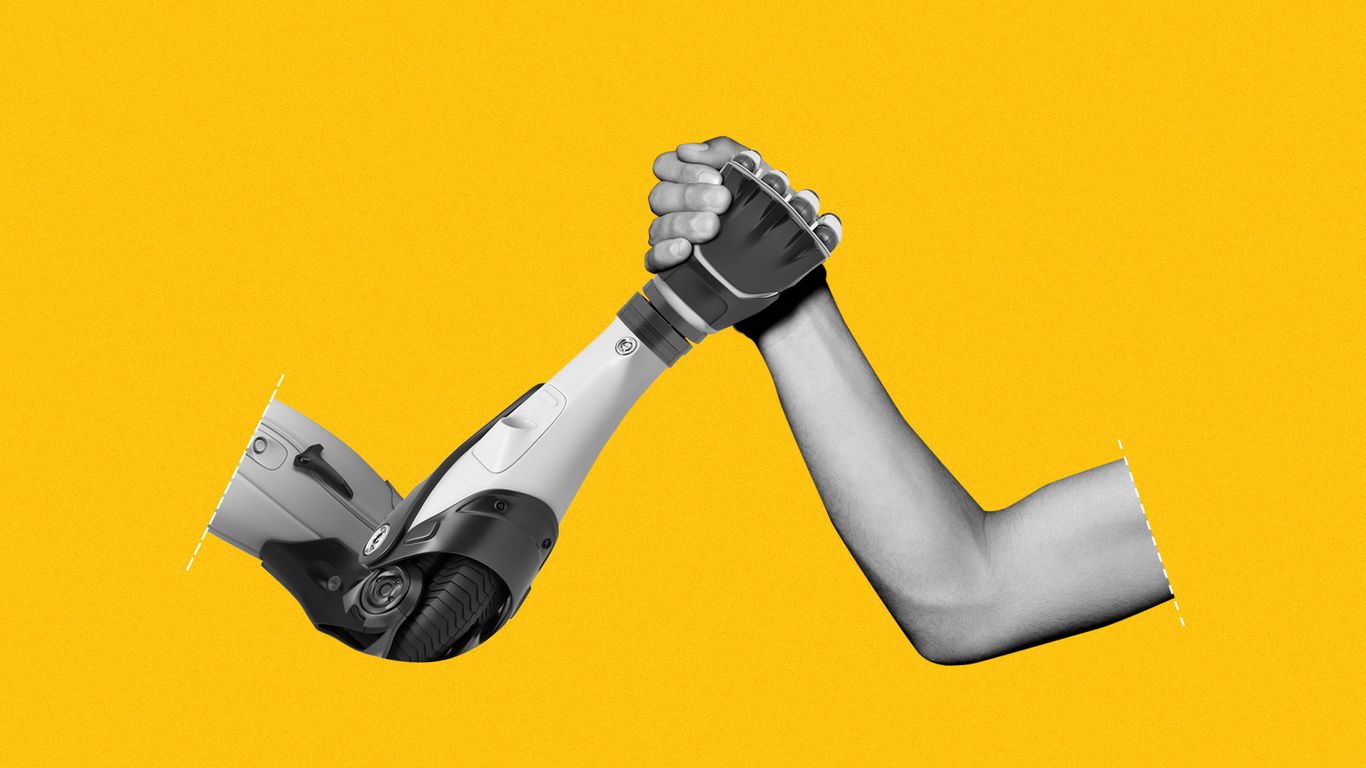The age of AI-assisted hacking is no longer looming—it’s here. Hackers of all stripes—from state actors to cybercriminals—are now integrating AI tools into their operations, while defenders are racing to catch up.
Key Developments
- In mid‑2025, Russian intelligence reportedly sent phishing emails to Ukrainians containing AI-powered attachments that automatically scanned victims’ computers for sensitive files and transmitted them back to Russia. NBC Bay Area
- AI models like ChatGPT have become highly adept at translating natural language into code, helping hackers automate their work and scale operations. NBC Bay Area
- AI hasn’t ushered in a hacking revolution that enables novices to bring down power grids—but it is significantly enhancing the efficiency and reach of skilled hackers. NBC Bay Area
On the Defensive Side
- Cybersecurity defenders are also turning to AI—Google’s “Gemini” model helped identify over 20 software vulnerabilities, speeding up bug detection and patching.
- Alexei Bulazel of the White House’s National Security Council believes defenders currently hold a slight edge over attackers, thanks to America’s tech infrastructure, but that balance may shift as agentic (autonomous) AI tools proliferate.
- A notable milestone: an AI called “Xbow” topped the HackerOne leaderboard, prompting the platform to create a separate category for AI-generated hacking tools.
My Take
This article paints a vivid picture of an escalating AI arms race in cybersecurity. My view? It’s a dramatic turning point:
- AI is already tipping the scale—but not overwhelmingly. Hackers are more efficient, but full-scale automated digital threats haven’t arrived. Still, what used to require deep expertise is becoming accessible to more people.
- Defenders aren’t standing idle. AI-assisted scanning and rapid vulnerability detection are powerful tools in the white-hat arsenal—and may remain decisive, especially when backed by robust tech ecosystems.
- The real battleground is trust. As AI makes exploits more sophisticated and deception more believable (e.g., deepfakes or phishing), trust becomes the most vulnerable asset. This echoes broader reports showing attacks are increasingly AI‑powered, whether via deceptive audio/video or tailored phishing campaigns.
- Vigilance must evolve. Automated defenses and rapid detection will be key. Organizations should also invest in digital literacy—training humans to recognize deception even as AI tools become ever more convincing.
Related Reading Highlights
Here are some recent news pieces that complement the NBC article, reinforcing the duality of AI’s role in cyber threats:
Further reading on AI and cybersecurity

Cybersecurity’s dual AI reality: Hacks and defenses both turbocharged

AI-powered phishing attacks are on the rise and getting smarter – here’s how to stay safe

Weaponized AI is making hackers faster, more aggressive, and more successful
In Summary
- AI is enhancing both hacking and defense—but it’s not yet an apocalyptic breakthrough.
- Skilled attackers can now move faster and more subtly.
- Defenders have powerful AI tools in their corner—but must remain agile.
- As deception scales, safeguarding trust and awareness is crucial.
Secure Your Business. Simplify Compliance. Gain Peace of Mind
InfoSec services | InfoSec books | Follow our blog | DISC llc is listed on The vCISO Directory | ISO 27k Chat bot | Comprehensive vCISO Services | ISMS Services | Security Risk Assessment Services | Mergers and Acquisition Security




